Like all California Indian tribes, the Cahuilla created baskets which were both practical and aesthetically pleasing. In their book The Cahuilla Indians of Southern California, Lowell Bean and Harry Lawton write:
“The Cahuilla endeavored to create beauty in day-to-day projects and in objects which had religious meaning.”
Lowell Bean and Harry Lawton also report:
“A major means of aesthetic expression was basketry. Cahuilla women were among the finest basketmakers in the world, and a Cahuilla wife who was an outstanding basketmaker found her social prestige considerably enhanced.”
With regard to basket designs, Lowell Bean, in his entry on the Cahuilla in the Handbook of North American Indians, reports:
“Cosmologically significant beings (núkatem) such as eagle, lightning, and stars were the most commonly used motifs in basket designs.”
The Cahuilla homeland in California was bounded on the north by the San Bernardino Mountains; on the south by the northern Borrego Desert; on the east by the Colorado Desert;on the west by the present-day city of Riverside.
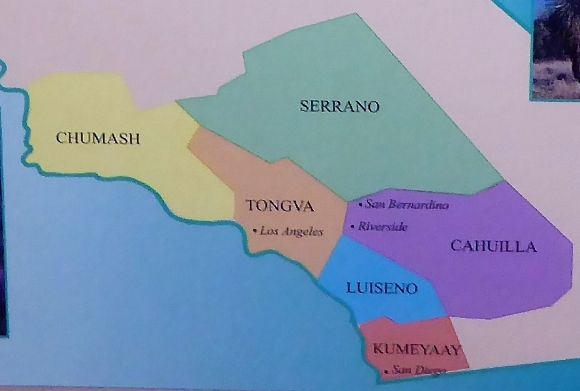 The map shown above shows Cahuilla territory in relationship to other Southern California Indian nations.
The map shown above shows Cahuilla territory in relationship to other Southern California Indian nations.
The Cahuilla Continuum was an exhibit at the Riverside Metropolitan Museum authored and curated by Sean C. Milanovich. The exhibit told the story of the Cahuilla from creation to the present day. According to the Museum display:
“Cahuilla women made beautiful baskets from plants in their environment. The baskets were made to meet their functional needs such as cooking and storage. With the influx of non-Indians taking over Cahuilla traditional use area, the Cahuilla life ways changed along with their old economy. In the late 19th century most of their baskets were sold to make money for food and clothes. The designs on the baskets reflect individual designs of the basket maker. The Cahuilla received their inspiration from the land they lived on and basket designs represent the natural environment such as flowers and animals as well as elements of the sky and earth.”
With regard to Cahuilla basketry designs, Lowell Bean and Harry Lawton write:
“Designs were usually taken from nature, such as animals, birds, clouds, lightning, and winds.”
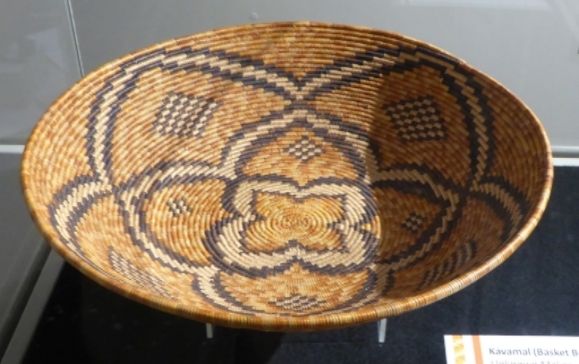 Shown above is a basket bowl (kávamal) made about 1900 by an unknown maker. This basket was chosen by the Agua Caliente Tribe to be on their tribal seal and flag.
Shown above is a basket bowl (kávamal) made about 1900 by an unknown maker. This basket was chosen by the Agua Caliente Tribe to be on their tribal seal and flag. 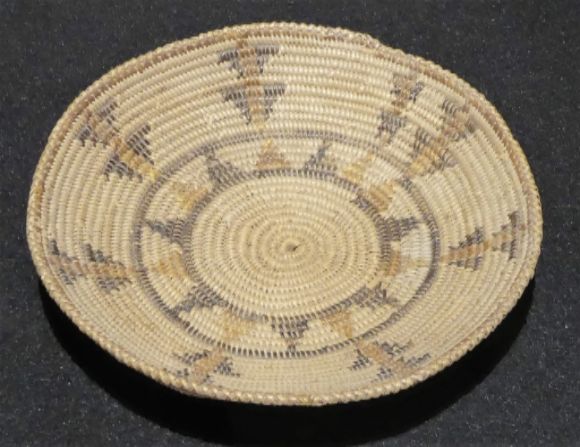 Shown above is a basket made about 1890 by Cupeño basket weaver Dolores Saneva Patencio from the Agua Caliente Reservation.
Shown above is a basket made about 1890 by Cupeño basket weaver Dolores Saneva Patencio from the Agua Caliente Reservation. 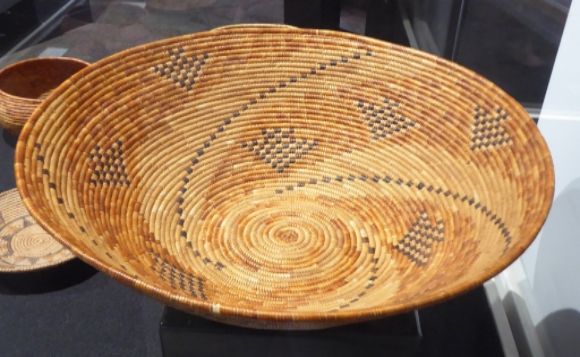 Shown above is a basket made by Ella Morongo about 1900. The basket features a whirlwind design with checkered arrowhead figures.
Shown above is a basket made by Ella Morongo about 1900. The basket features a whirlwind design with checkered arrowhead figures. 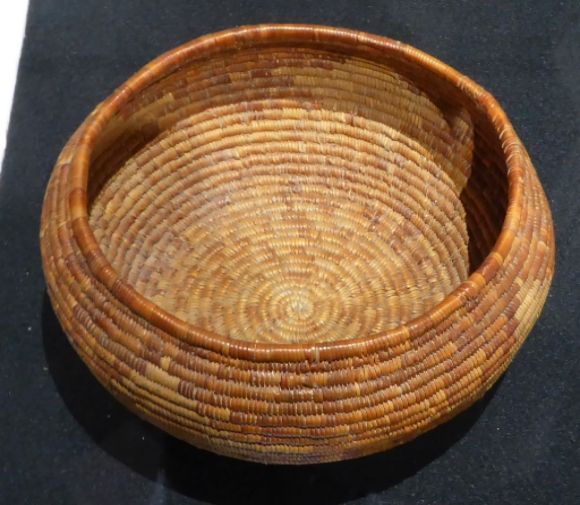 Shown above is a basket made about 1932 by Cahuilla basket maker Martha Rice from the Torres Martinez Reservation.
Shown above is a basket made about 1932 by Cahuilla basket maker Martha Rice from the Torres Martinez Reservation. 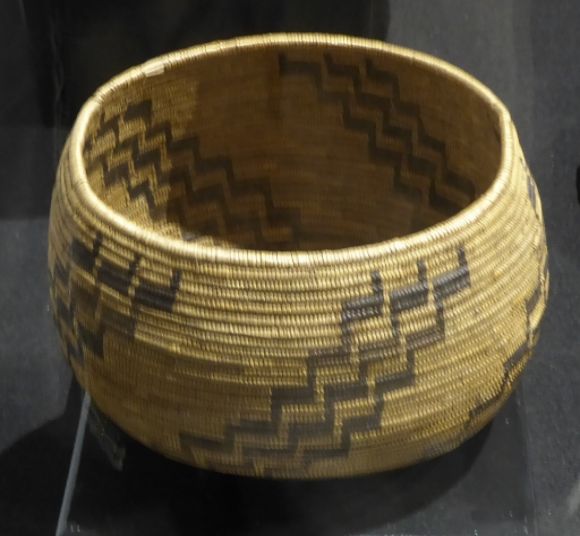 Shown above is a basket made about 1895-1905 by Manuella Costo from the Soboba Reservation. The design may represent lightning or cascading water.
Shown above is a basket made about 1895-1905 by Manuella Costo from the Soboba Reservation. The design may represent lightning or cascading water. 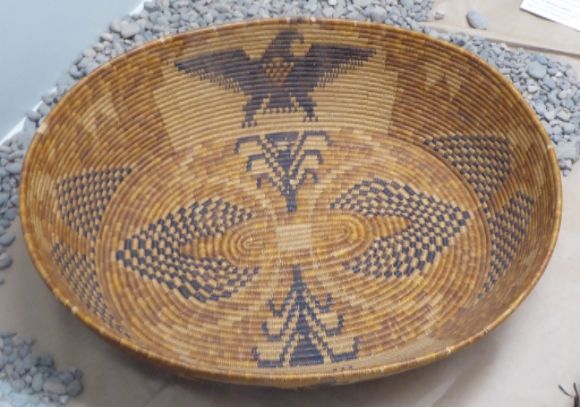 Shown above is a basket made about 1900 by an unknown maker.
Shown above is a basket made about 1900 by an unknown maker. 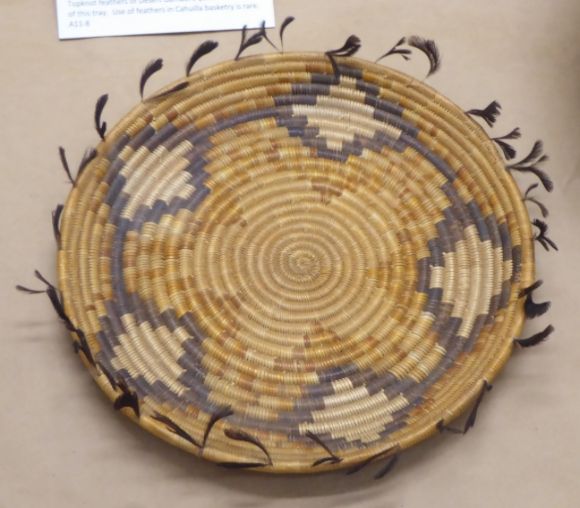 Shown above is a basket tray made about 1900 by an unknown maker. Topknot feathers of Desert Gambel’s quail circle the rim. Use of feathers in Cahuilla basketry is rare.
Shown above is a basket tray made about 1900 by an unknown maker. Topknot feathers of Desert Gambel’s quail circle the rim. Use of feathers in Cahuilla basketry is rare. 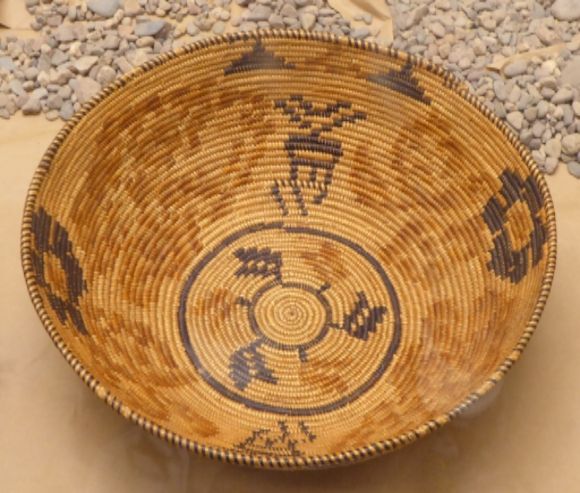 Shown above is a basket made about 1900 by an unknown maker.
Shown above is a basket made about 1900 by an unknown maker. 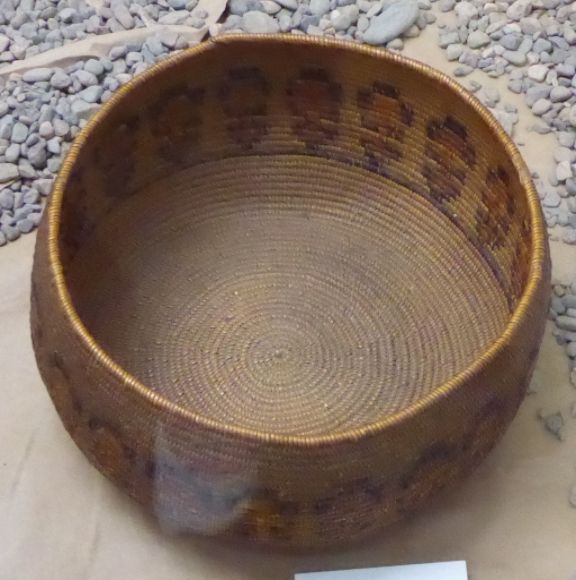 Shown above is a basket made about 1910 by an unknown maker.
Shown above is a basket made about 1910 by an unknown maker.  Shown above is a basket made about 1900-1909 by an unknown maker.
Shown above is a basket made about 1900-1909 by an unknown maker. 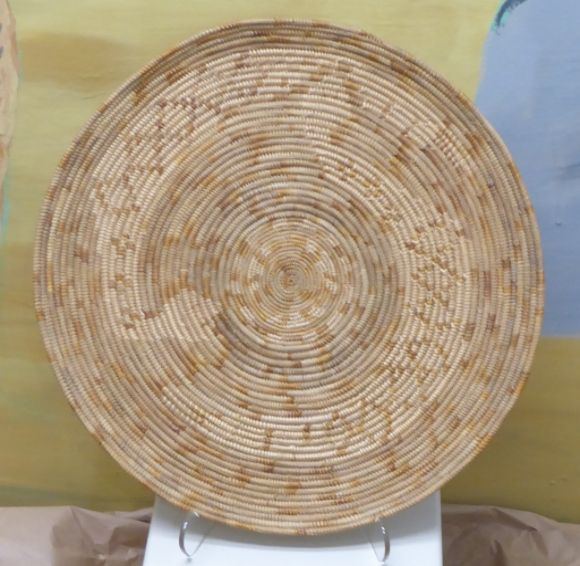 Shown above is a basket tray made in 1940 by Casilda Welmas (Cupeño/Cahuilla from the Pala Reservation) and Jonata Whitell (Luiseño from the La Jolla Reservation).
Shown above is a basket tray made in 1940 by Casilda Welmas (Cupeño/Cahuilla from the Pala Reservation) and Jonata Whitell (Luiseño from the La Jolla Reservation).
According to the Museum display:
“It is unusual for two weavers to work on one basket. Perhaps one of them made the central start, which has small stitches on narrow coils, and the other finished the basket, forming the rattlesnake design with larger stitches and coils.”
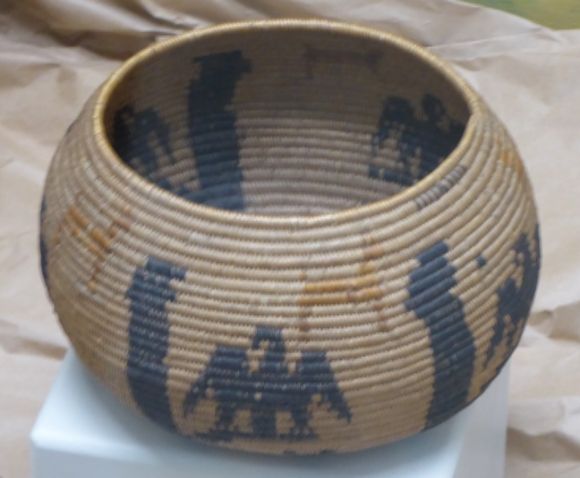 Shown above is a basket made in the 1890s by an unknown maker.
Shown above is a basket made in the 1890s by an unknown maker. 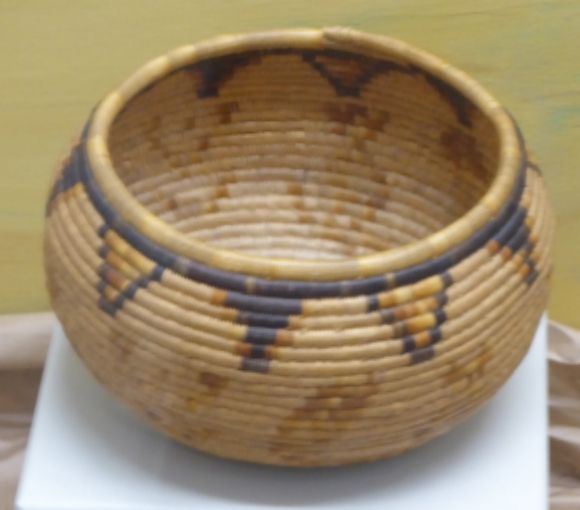 Shown above is a basket bowl (kávamal) made in the early 1900s by Cahuilla basket weaver Mina Segundos who was born about 1845.
Shown above is a basket bowl (kávamal) made in the early 1900s by Cahuilla basket weaver Mina Segundos who was born about 1845. 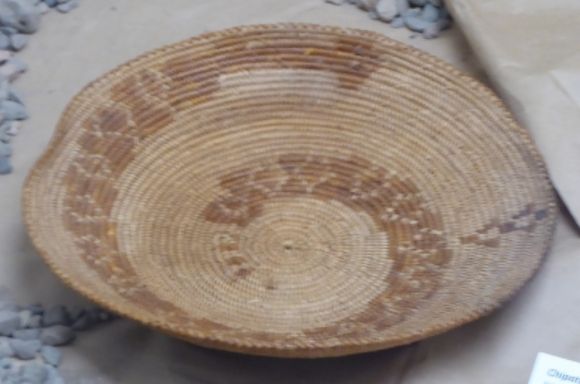 Shown above is a sifting basket (chipatmal) made before 1882 by Cupeño basket maker Dolores Saneva Patencio. She lived on the Agua Caliente Reservation.
Shown above is a sifting basket (chipatmal) made before 1882 by Cupeño basket maker Dolores Saneva Patencio. She lived on the Agua Caliente Reservation.
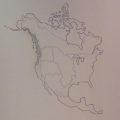
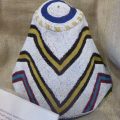
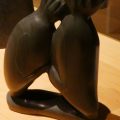
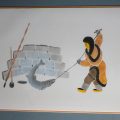
Leave a Reply